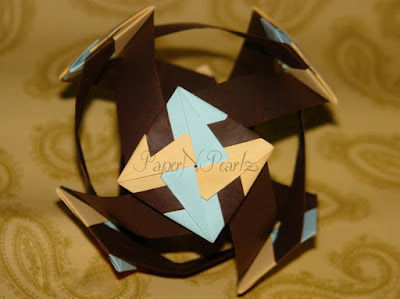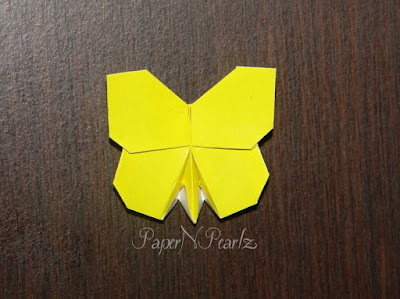My daughter, Little Miss, has recently become very keen on recycling and reusing whatever she can. So when I was recently asked to make a few origami lotuses, she came up with the idea of making literary lotuses! And we are both delighted with the way the lotuses turned out. We initially tried a complete literary lotus - that is, the flower and the leaves were an old book paper. But our second attempt - book paper lotus with green copy paper leaves were more to our liking.
One thing I did find was that, the book paper is much thinner than the copy paper - which meant pulling out the petals had to be done with more care, else we risk tearing the paper. And since the paper was thinner, the literary lotus turned out a little smaller than the one made entirely from copy paper.
Model Details:
Model: Lotus
Origin: Traditional
Difficulty Level: Low Intermediate
Paper Ratio: Rectangle
Paper Size: 3 inches * 5.2 inches
Model Size: ~4 inches
Modules: 12
Tutorial: Youtube




























